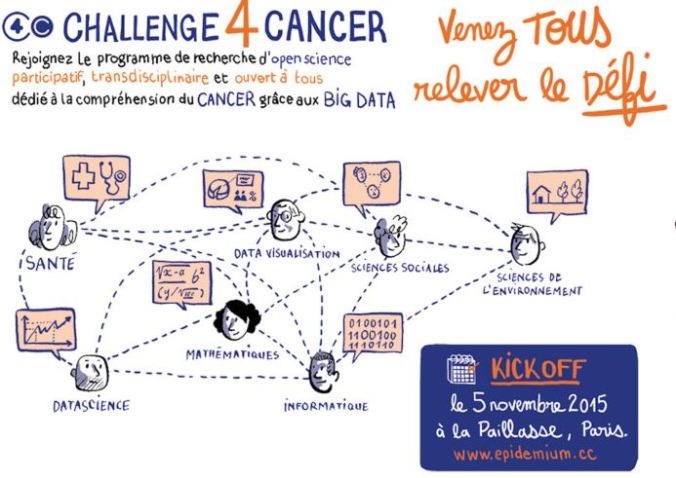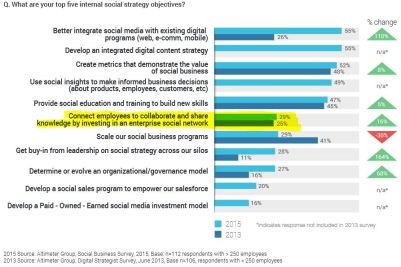Employee engagement is foundational to customer engagement. It is highly unlikely that an employee who hates their job or who is disengaged from what they do will create a great customer experience.
Employee engagement, by any number of studies and research reports, leads to higher levels of business results. Most notable is Gallup’s work in this area evidenced by Gallup’s own Q12 engagement survey. Gallup scientists spent decades writing and testing hundreds of questions, because their wording and order mean everything when it comes to accurately measuring engagement. Their research yielded Gallup’s Q12 survey: the 12 questions that measure the most important elements of employee engagement. Gallup has studied survey results from more than 25 million employees around the world.
- The lost suitcase and a grumpy old man’ – a story about employee engagement – Blog post by Ian Golding – Customer centric organizations tend to have a…
View original post 349 more words

![Portal-vs-Community[1]](https://digichange.files.wordpress.com/2016/01/portal-vs-community1.png?w=300&h=224)

